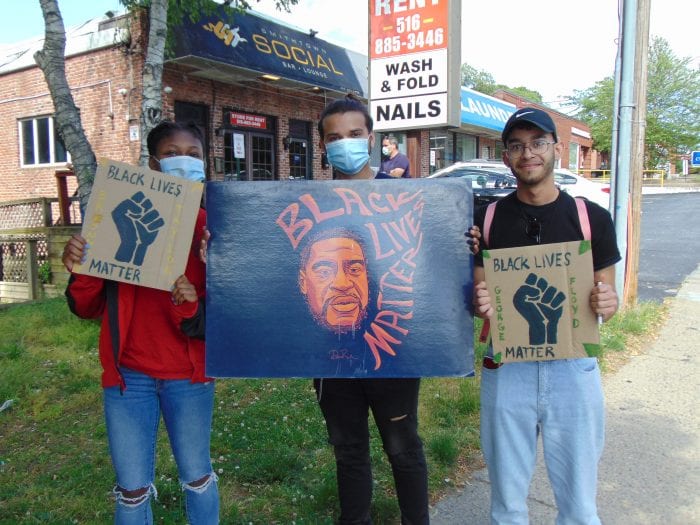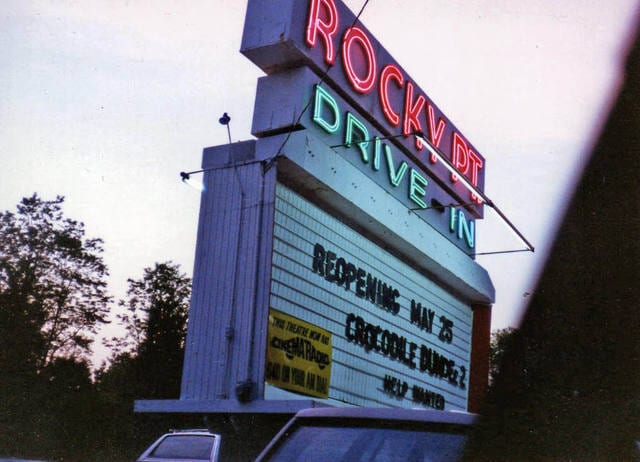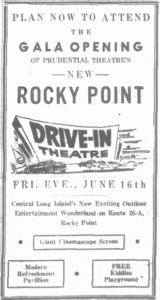School districts and their students have taken the lead when it comes to a new normal, and perhaps it’s incumbent upon us to follow their lead in our regular lives.
As the coronavirus pandemic progressed, it became apparent to high schools and colleges that the end of the year wasn’t going to be the same for graduates. While institutes of higher learning accepted the fact that an in-person commencement was not going to be possible at the end of May, many school districts held on to the hope that maybe it would happen at the end of June for their students.
But then the pandemic wouldn’t let go.
So high school administrators stepped up to the plate to create alternative events to celebrate the Class of 2020. There were car parades and virtual ceremonies, and when Gov. Andrew Cuomo (D) said he would allow 150 people at commencements starting June 26, expectations increased.
Many schools had hoped that if they waited until mid or late July, commencement would resemble what it did in the past with all the graduates in attendance with their family members, just socially distanced and with attendees wearing masks.
However, it wasn’t to be. The guideline for the maximum number for graduations hasn’t increased. Schools quickly made the decision to stick with in-person graduation but split the Class of 2020 into several sections and held the events over the course of multiple days, allowing graduates to bring two guests each. Many schools had sets of three seats spaced out across football fields and lawns, and when it came time for the teens to get their diplomas, they would walk the stage 6-feet apart.
Students may not have been able to celebrate the day with all of their friends, families may not have been able to interact as usual — sharing memories or flashing a smile to each other — and the energy may have been more subdued, but at these events there was at least some sense of normalcy.
School administrators, valedictorians, salutatorians and class presidents presented their speeches at each event. There were still the laughs, the tears and the pride. There were hellos and even extremely quick photo ops, before attendees were ushered off the field to disinfect the chairs before the next group arrived.
The graduation ceremonies being held across the state are just a small step toward normalcy — however, they are significant. Just like the former high school students are taking baby steps toward their futures, the commencements show that we don’t have to live in fear in our homes if we put some thought in our moves like school districts have and proceed with caution.
As our children fearlessly move toward their futures — a new normal — let’s follow their lead. Just like theirs, our future may not look the same. We now need to reimagine social events and interactions with our family and friends, just like districts did across the state, but they have shown it can be done.
Look how considerate and thoughtful our school districts and students have been and compare that to the mass number of people who refuse to socially distance and do the simple favor of wearing masks when out on the town. We can remain disappointed that our lives have continued to be hampered by rules, but the other option is shown in the many other states that are seeing a staggering rise of cases.
We have learned a lot these past few months, and we still have more to comprehend, but we can take steps toward the future and a new normal. One day we’ll look back and realize how much we have learned and grown with safety at the forefront.















